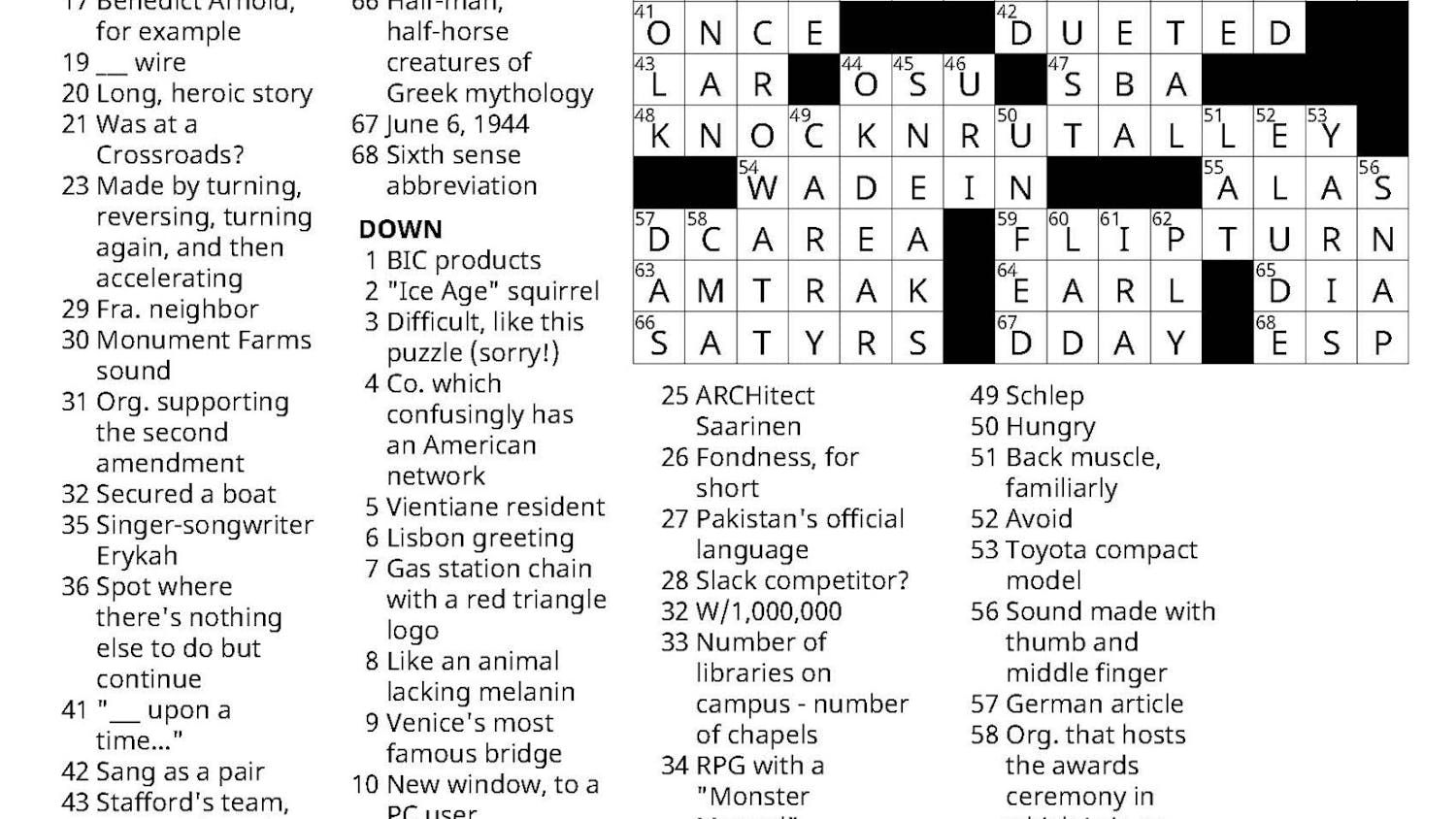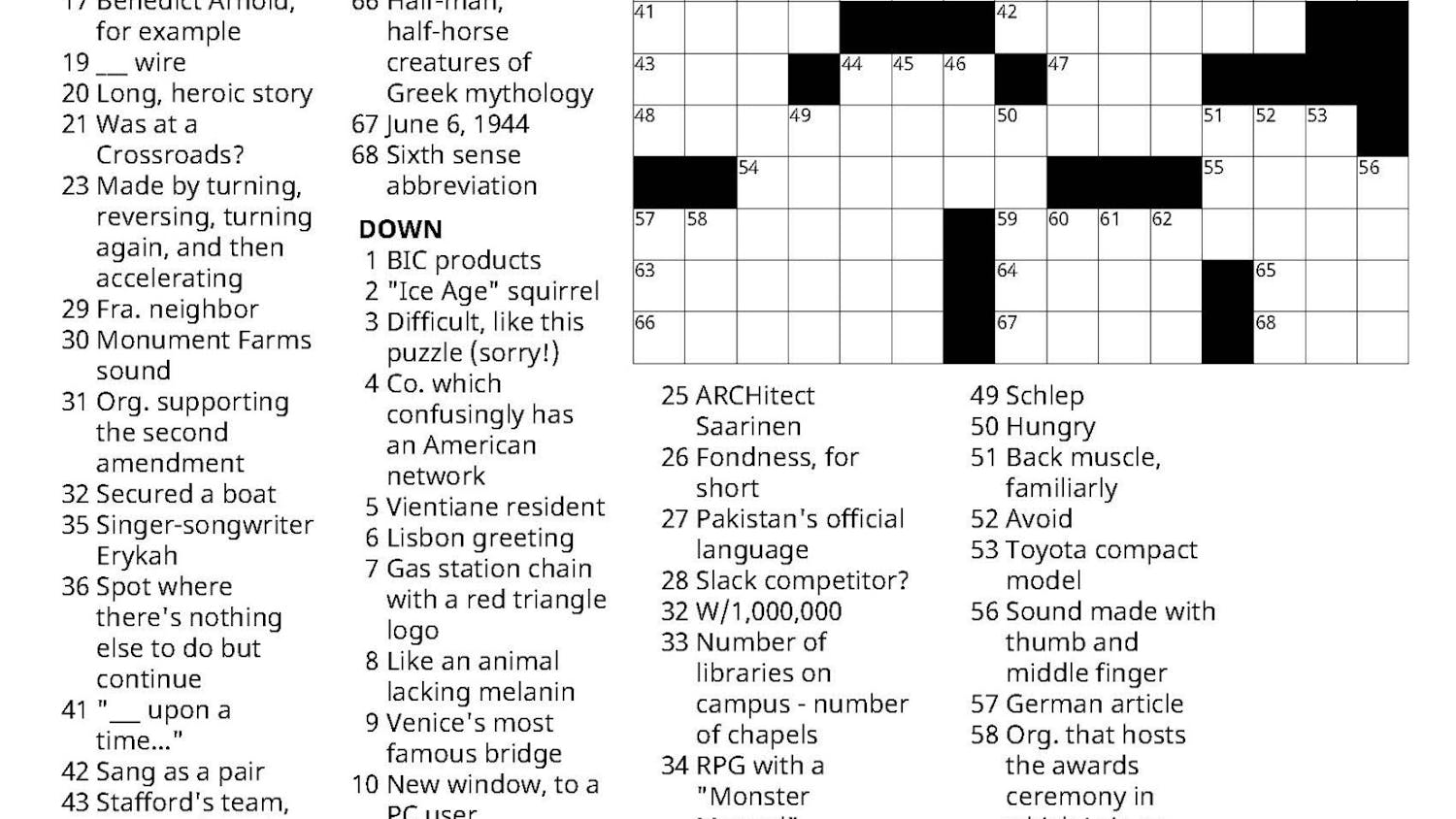As Middlebury turned to face autumn this weekend, Paul Asbell delivered a concert full of summer warmth to a campus audience. The acoustic guitarist, described as “one of the best kept secrets in American music,” delighted ears with a wide range of styles and the occasional anecdote revealing his deep connection to his musical role models.
Among the artists whose words and melodies he brought back to life were Duke Ellington, Hogie Carmichael and Henry Ragtime Texas Thomas, and a number of other southern blues players from the 1920’s and 30’s. Asbell’s music left no foot in the CFA free from tapping. Though the audience drew little from the student body, there was an energetic and youthful ambience due to the lively tunes and Asbell’s clear enthusiasm for this music.
Perhaps the most memorable piece in the performance was his fusion of two traditional spirituals. Describing them as something one might hear on a drive through the South on a Sunday morning in days gone by, the number began with a traditional Anglo-Saxon melody of slow-moving chords, transcribed for guitar. Asbell was aiming to mimic the experience of travelling between the different communities of the Old South. The first melody hung in the air, recalling a vastly different place than the South we had just come from. One could almost hear its original counter-part being played on bagpipes or another traditional instrument, on a frosty morning, far from where their descendents now lived. This change of style was an important break in a largely blues-based concert.

But a seamless transition soon occurred between this sobriety, and a typical up-beat melody was restored. Indeed, this melody seemed as much a conversation between Asbell’s two rapidly working hands as a musical piece. This moment highlighted Asbell’s dizzying technique by letting the guitar take centre stage, exploring its possibility for simplicity as well as intense ornamentation and swing. Taking advantage of the acoustics of the concert hall, there was minimal equipment on stage, bringing out the natural sound of the instrument to full effect. This is not to say that vocal numbers were less effective. Indeed, true to a traditional “blues star” — a title on which Asbell educated the audience — his lively lyrics and warm tone enlivened other performances significantly.
Yet Asbell does not consider life as a performing musician as easygoing as his stage demeanor may suggest. Although he opened the evening with a casual apology (his concert of two weeks ago was cancelled) while tuning up on stage, and his general attitude was informal, below the surface he can admit to the difficulty of this line of work. He dubbed the “magic moment” of connection with an audience as the true highlight of his job, as opposed to the complications of being a performing musician. The audience was lucky enough to experience a rarity of the music world so defined by industry and record-sales: a true performer and “musicians’ musician” who is not beyond sacrificing for his art.
Asbell has been a Vermont local since the 70s, after previously playing in Chicago’s South Side. Northern Vermont has afforded his much deserved success as a musician; he has played at venues as diverse as the Atlanta and Montreal Jazz festivals, and has released two award-winning albums.
Acoustic guitarist connects with audience
Comments



